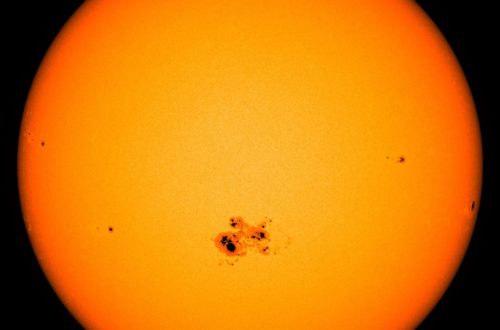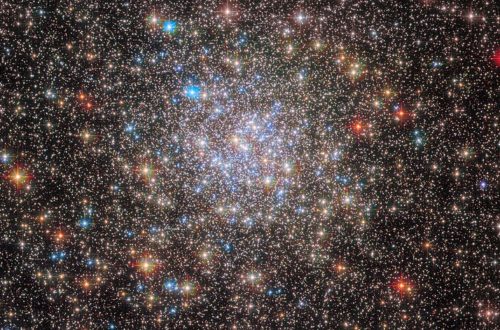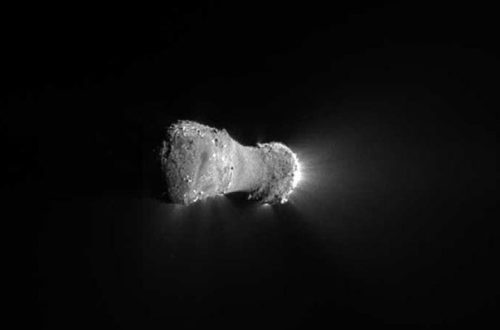NASA Releases Amazing Night View of Earth

Apart from the many instances of egregious conflict in Syria, Israel, and the growing nonsensical political cleavage that continues to define the American landscape, we all make the error of forgetting our place on this Earth. Though many would like to dismiss the work of NASA as a frivolous and questionable practice, their exposure on our nature does more than we would like to grant.
The Hubble Telescope provides a humbling reminder of our cosmic insignificance, while the advanced satellite imagery of our own planet oddly scales back our own perceived discovery and settlement of lands. With that, the latest release of imagery from NASA provides one of the most detailed and stunning visuals of Earth – all of Earth – at night.
NASA released pictures taken from its advanced Suomi NPP satellite, and thanks to the infrared imaging that Sumoi can take, every light – from the most dense cluster of city lights to a lone boat on the Nile River – is visible in what scientists are calling “The Black Marble”. This sensitivity is thanks to the Visible Infrared Imaging Radiometer Suite (VIIRS). There has been imagery of the Earth at night for decades now, but nothing as comprehensive can be comparable to the Suomi NPP imagery.
On the NASA website, it was explained that the composite imagery was a joint effort with the National Oceanic and Atmosphere Administration (NOAA). Over the span of nine days during April, as well as thirteen additional days in October, Suomi documented the Earth in 312 orbits according to KMUW out of Wichita, Kansas.
So what are scientists hoping to do with the new data? It’s already pretty clear which cities throughout the world tend to use the most energy, so what scientists are hoping to deduct from the newly collected imagery is advanced meteorological predictions. Since clouds are more visible at night with Sumoi’s images, scientists will be able to see how patterns are formulated over night – a task that has proven quite difficult.
Very seldom do we get the opportunity to view our own planet from this perspective, and its even more amazing just how much of a void exists between the developed and developing world. Even in the United Stated, the Eastern half is a spectacle of illuminated channels, clusters and two centuries worth of civilization in progress. Besides some isolated cities in the Midwest, as well as Colorado and of course California, the Western remains quite dark.
The political commentary also shows where the lights shine and remain unfound. In a video that NASA posted, one of the more interesting (and might I say, disturbing) images is of Korea. While South Korea is a bushel of illumination and progress, North Korea’s oppression and shuttered nature remains clear in a completely darkened, retroactive state.
Apart from any “state of the planet” essay that can be written from these images alone (that’s for another time), we must ravel in how nothing ever stops, even when our eyes are shut.
With NASA and NOAA’s new collections, it is necessary to mention another amazing work that was somewhat overlooked when it was released on Google a few weeks ago. The seldom-known Chrome Experiments website released an interactive map of the Milky Way, and our Sun’s place in the vastness of it all. Such developments have exposed more than we could have imagined in 2012, and there’s no saying what will be available for public viewing in 2013.
Would you like to receive similar articles by email?





